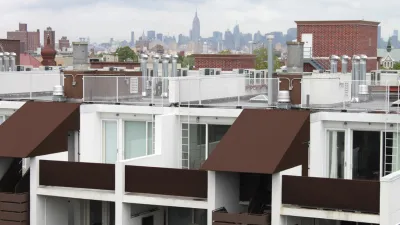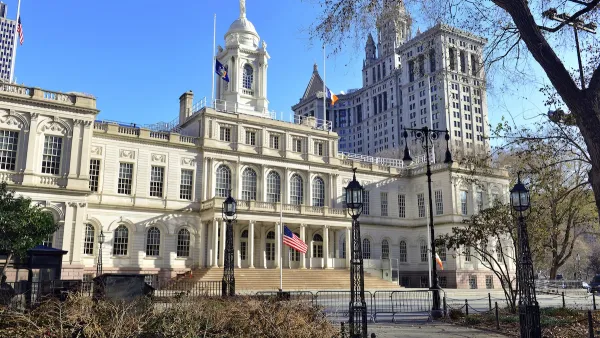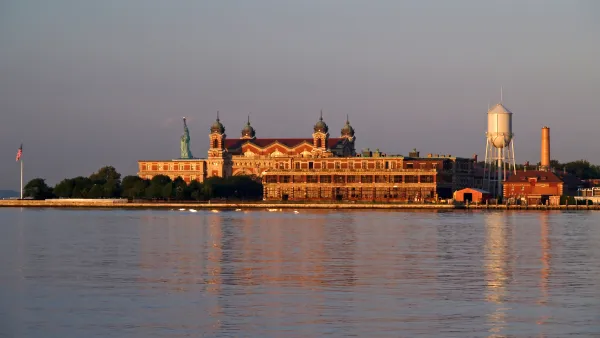With a surging homeless population, the city's cluster site program incentivizes slumlords and reduces the supply of affordable housing.

The cluster-site program, an emergency housing program for homeless New Yorkers, has been criticized as a dysfunctional shelter system, yet the 83-unit building at Clarkson Avenue, in the middle of a gentrifying Brooklyn neighborhood, represents "one of the most complex and intractable challenges confronting" New York City Mayor Bill DeBlasio, writes Vivan Yee for the New York Times.
The program, which pays for homeless people to live temporarily in privately owned buildings, began in 2000, when the homeless population was overwhelming city shelters. But with the city paying over $2,500 per month per family, the Clarkson Avenue building featured in Yee's story highlights the inefficiencies of a system wherein landlords stand to gain more from sheltering homeless people than by providing affordable housing for Section 8 voucher tenants and other low-income renters.
"Critics of the program, including advocates for homeless people, community leaders and elected officials, denounced it as a stopgap that papered over one problem only to worsen another, pushing low-income residents out of their homes and removing otherwise affordable apartments from circulation," reports Yee.
The program was supposed to be temporary, but the number of homeless people living in cluster-site buildings has steadily increased. The money designated to the program is also supposed to provide social services, including building security and employment assistance. However, conditions have deteriorated in these buildings. In one Ditmas Park building, "people loitered in the common areas, openly using drugs. Cockroaches clustered in the light fixture and refrigerator. Doors and windows were broken. The bathroom was moldy and pocked with rodent holes. There was no stove."
FULL STORY: Homeless Families Endure Roaches, Mice and Failed Promises

Analysis: Cybertruck Fatality Rate Far Exceeds That of Ford Pinto
The Tesla Cybertruck was recalled seven times last year.

National Parks Layoffs Will Cause Communities to Lose Billions
Thousands of essential park workers were laid off this week, just before the busy spring break season.

Retro-silient?: America’s First “Eco-burb,” The Woodlands Turns 50
A master-planned community north of Houston offers lessons on green infrastructure and resilient design, but falls short of its founder’s lofty affordability and walkability goals.

Test News Post 1
This is a summary

Analysis: Cybertruck Fatality Rate Far Exceeds That of Ford Pinto
The Tesla Cybertruck was recalled seven times last year.

Test News Headline 46
Test for the image on the front page.
Urban Design for Planners 1: Software Tools
This six-course series explores essential urban design concepts using open source software and equips planners with the tools they need to participate fully in the urban design process.
Planning for Universal Design
Learn the tools for implementing Universal Design in planning regulations.
EMC Planning Group, Inc.
Planetizen
Planetizen
Mpact (formerly Rail~Volution)
Great Falls Development Authority, Inc.
HUDs Office of Policy Development and Research
NYU Wagner Graduate School of Public Service




























